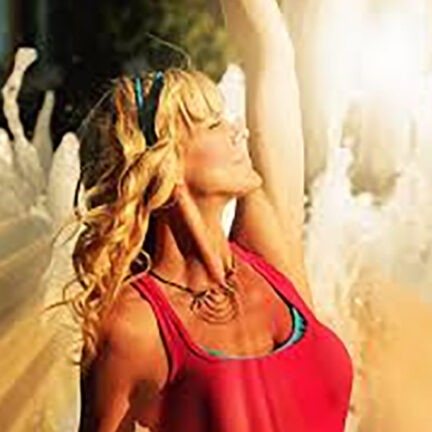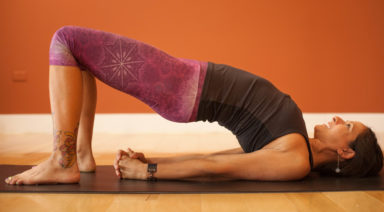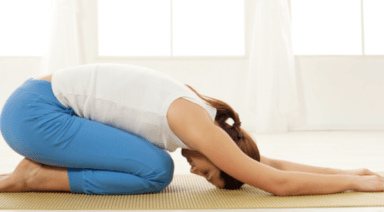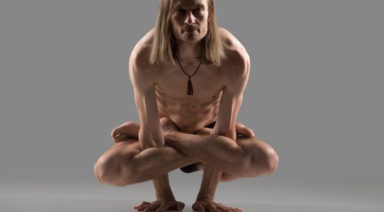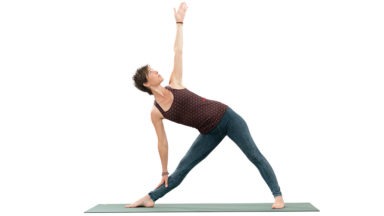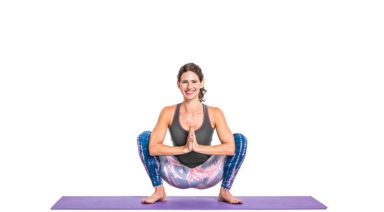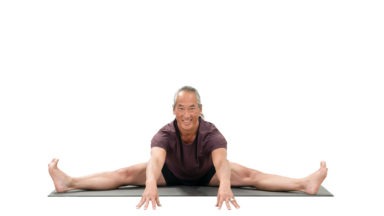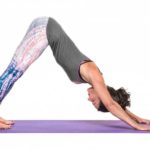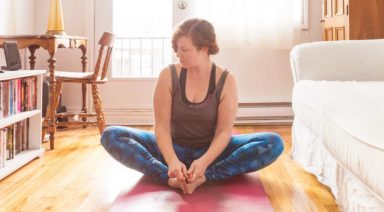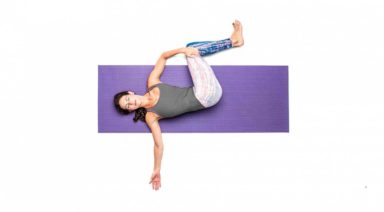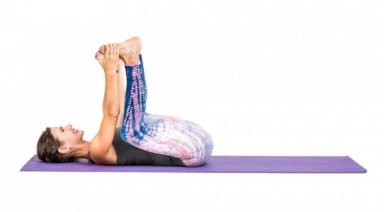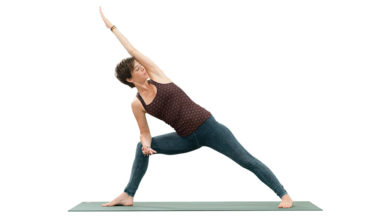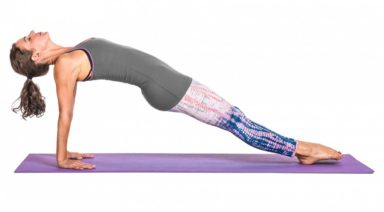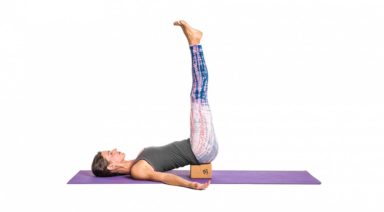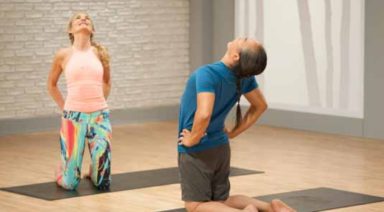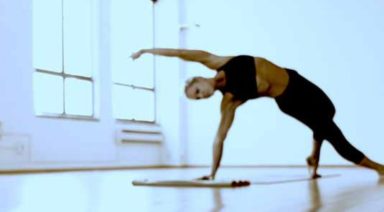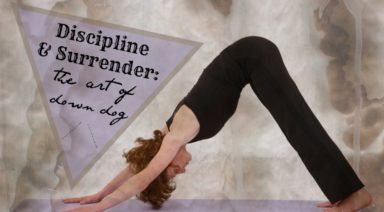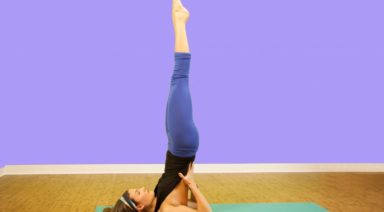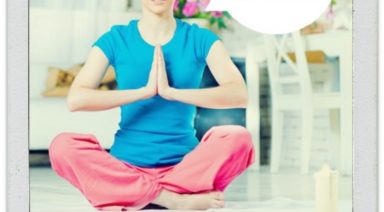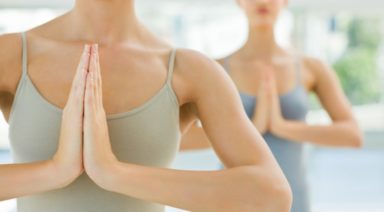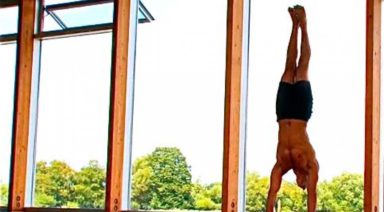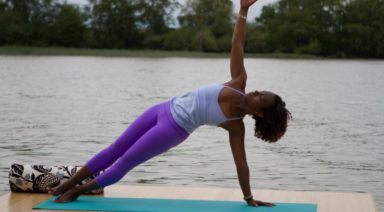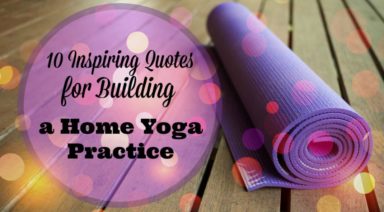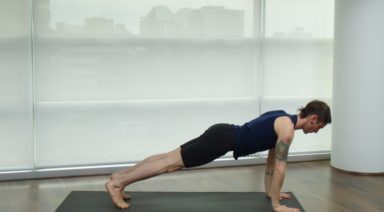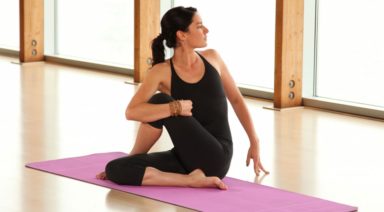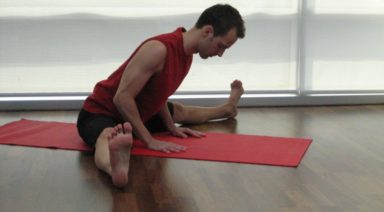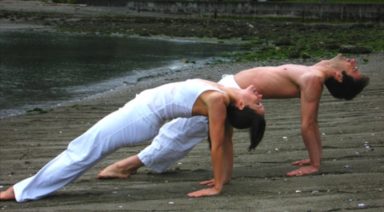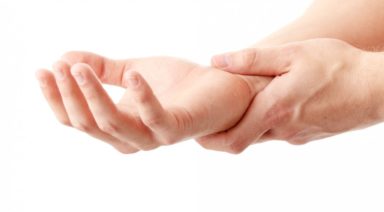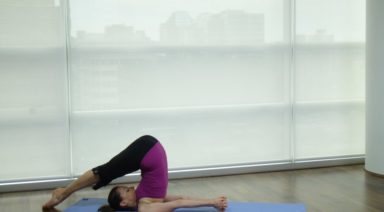Magic Map to Manifesting with Yoga Nidra
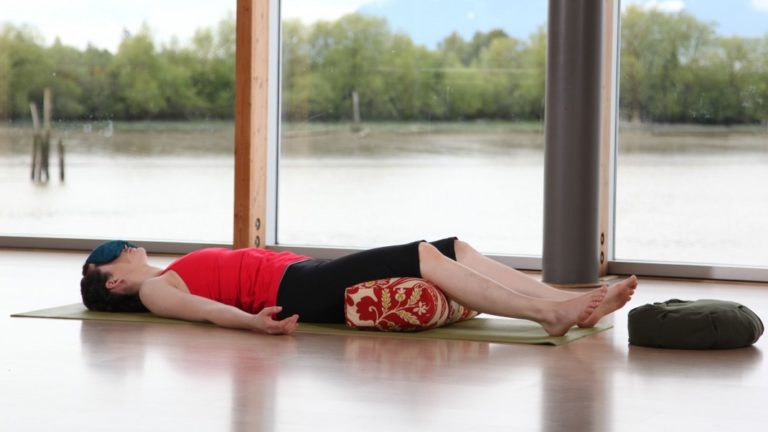
Are you working hard to create and manifest your ideal body, relationship and life of your dreams? What if I told you that there is a magic map for manifesting that is not only available for you to use anytime, but is also one of the most powerful and accessible forms of yoga. It is called yoga nidra. Chances are you’re interested; however, you may be thinking: “how come I haven’t heard about this before” or “what is this yoga nidra all about anyway?”
Maybe you’re already accustomed to manifesting and co-creating your reality, but this amazing manifesting tool still eludes you. Certainly, we have all heard about using positive affirmations, vision boards and setting intentions as practicable means for consciously manifesting money, love, health, abundance or whatever it is you want to bring into fruition. These are all great modalities, and I have personally used each of them in the past with some success, but the level of success that I’ve achieved through yoga nidra is unprecedented and incomparable to anything I have used before. I’m very results-driven and the practice of yoga nidra meditation definitely did not fall short of my expectations, in fact, it was quite the opposite experience.
Yoga nidra – which literally means yogic sleep – takes us beyond our limiting beliefs and conditionings, so that we can live a contented life that is free of conflict, anxiety, fear, dissatisfaction and suffering. During the practice of yoga nidra, we also work with sankalpa, and the resolves or intentions which are born from the heart. This is the stage of the practice where you set your sankalpa – your intention. Through sankalpa, anything that you want to work on or work with can be realized and resolved.
During the practice, we relax the body and mind enough to drop down into a lower brain wave pattern, such as Alpha or even Theta. This is where the manifesting magic happens.
Working with sankalpa is not only useful for clearing out old past wounds, but will also help you to manifest and create your future. My own life began to improve on so many levels after starting this practice. Not only did I lose thirty pounds, but I also emotionally improved my relationships.
I made a commitment to practicing yoga nidra every night before bed, and have done so for the last few years. It’s been said that all can fail you in life except for the resolve made during sankalpa — it’s really that powerful. I do all of my manifesting by setting my sankalpa during yoga nidra practice.
Yoga nidra works holistically on the level of our whole being, not just with our physical body, which also allows the practice to offer a broad range of healing benefits. Accordingly to yoga philosophy, we are more than just our physical bodies. We are multi-dimensional beings, made-up of many different interactive levels. These levels are referred to as sheaths or koshas. Like peeling the layer off an onion – starting from the outside and working your way into to the core – the koshas proceed from the outer to inner layer in greater levels of subtlety.
With this map we work from the outside-in — just like with the eight limbs or steps for practicing yoga.
We work from the outer most layer to the deepest inner knowing of who and what we are.
The First Five Koshas Explained:
1. Annamaya kosha
This is the physical body, and it is the most familiar aspect of our being. We start here by setting our intention. As we acknowledge our motivations we become aware of distractions, which otherwise might disturb our attention. Then we affirm our desire that no matter what, we remain attentive and motivated. This is the sheath of physical awareness; the physical body is welcomed into awareness as a vibrant and tactile sensation. Physical sensations are recognized as messengers – or pointers – to deeper underlying perceptions, and the body is realized to be an expanse of non-localized radiance.
2. Pranamaya kosha
This is the energy body, and it is your awareness of breath and energy. The breath is the most physical expression of prana – which is closely related to the breath. Here, your thought-created guidance system falls away, and physical well-being and joy start to arise. Every perception is recognized to be in perpetual motion; everything is constantly changing (parinâma).
3. Manamaya kosha
This is the mental-emotional body, and it manifests itself in our reliance on subtle thought (sarvichara). Often, we draw our attention to feeling imperfect (râga), rather than saying to ourselves: ‘I am perfect as I am’ (pûrñatvam-vairagya). Work to recognize your feelings and emotions as messengers. They are available to send us messages anytime we quiet and tune into them. Physical well-being, joy and equanimity are present now. The changing energy exposes the subtle world of feeling and emotions, which are comprised of polarities of opposites: warm versus cool, tense versus relaxed, joy versus sadness, fear versus courage. As opposites are received, they are recognized as messengers underlying unity and reveal profound levels of understanding.
4. Vijnanamaya kosha
This is the wisdom body and is otherwise known as the “sheath of intellect.” It is the fourth kosha and is considered part of the subtle body. Vijnana means knowing, and this sheath denotes the higher mind — the faculty of wisdom which lies underneath the processing, thinking and reactive mind. The revelation of a [deeper underlying strata of being nirodha parinâma samyama, and the relinquishment of subtle thought (nirvichâra), can now occur.
5. Anandamaya kosha
This is the bliss body and is known as the kosha of joy, bliss and love. Ananda means bliss – not bliss in the sense of emotions (such as pleasure or desire), but bliss in the sense of a long drawn-out, unbounded experience of reality. The ancients viewed the experience of the bliss body as an experience of the deepest level of our being: an unbounded, blissful state. As attention is liberated from being bound to emotions, positive thoughts – which allow for pleasure, joy, bliss and love – naturally arise. Joy, bliss and love are causeless, and saturate the body.
With the practice of yoga nidra, we learn to live a life of absolute and unconditioned freedom. The five senses and mind function as before: projecting separation. But now, that separation (dvaita) is realized to arise in non-separation (advaita). The world rises, but the mind no longer believes in its inherent solidness and permanence. The world exists but has no underlying reality. This is where real change can begin and the manifesting magic plays out.
I would recommend starting with a short 22-27 minute yoga nidra practice daily, and work your way up to a full 44-60 minute practice (which can be done at any time of the day or night).
Armand Segredo has one of the most effective yoga nidra practices that I’ve come across: offering a short and long version.
I have found that setting my intentions, during my nightly practice of yoga nidra, has increased my manifesting abilities tremendously – so much so that I have to be very careful and conscious about what I want to create or manifest because I know that it usually happens quite quickly.
Stay working with one sunkalpa until you see it manifest in your life. I’m interested in knowing how your experience with yoga nidra plays out. If you’re using it as a manifesting tool, and it’s working for you, please comment below. All comments are most welcome.
Namaste.
9 Yoga Poses for Relieving Shoulder Tension
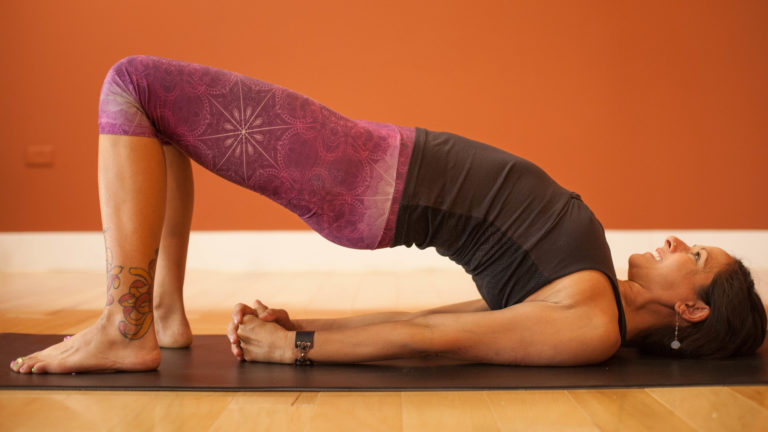
Yoga, when practiced regularly, relaxes muscle tension and in the process, also strengthens the relaxed muscles. Here are a list of poses that will help relieve tension around the shoulder area:
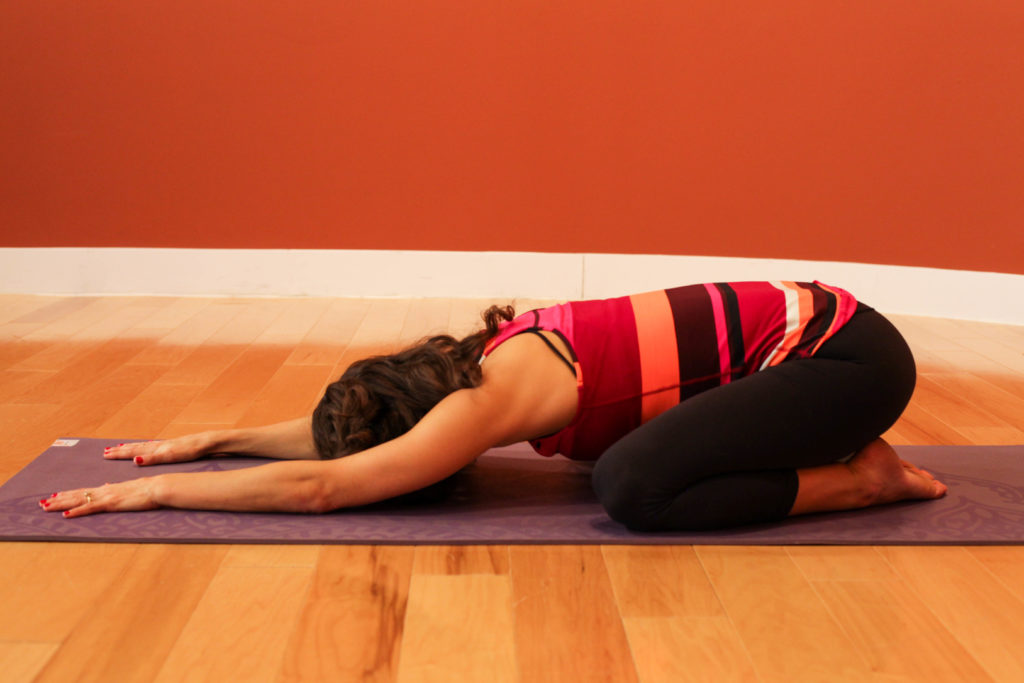
1. BALASANA (CHILD’S POSE)
Child’s pose is a very good way to start a practice. It’s also an excellent rest pose during a vigorous flow.
Come to your hands and knees, press your hips back into your heels. Open your knees out toward the corner of your mat and rest your belly and chest between your thighs; arms out in front of you and palms up. Allow your shoulders to melt downward. This is a gentle way to start warming up the shoulders.
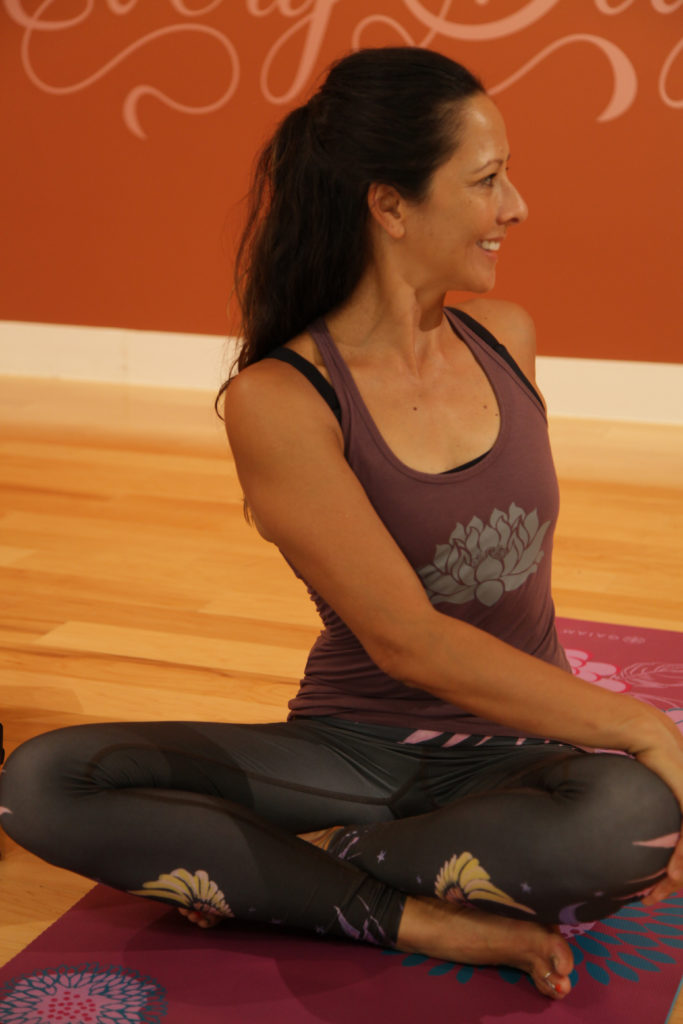
2. BHARADVAJASANA I (SEATED TWIST)
Sitting crossed legged, stretching your spine tall, place your left hand on your right knee and your right arm on the floor at your right hip. Draw a breath in and turn your shoulders and upper torso to the right.
The idea here is to stay gently grounded in the sits bones while extending the spine upward. If you’re twisting right, then ensure your left hip stays grounded. Lift as you inhale and turn as you exhale. Keep your gaze over your right shoulder. Try to keep your shoulders at the same height, and keep your neck soft. Your chin should be in neutral, but if you want an added stretch, you can tuck the chin. Hold for a few breaths, and then come back to center. Repeat on the left side.
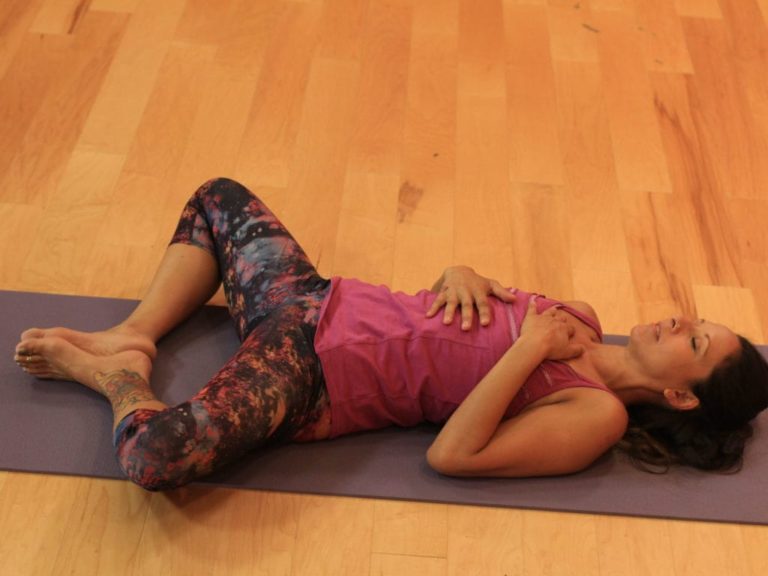
3. SUPTA BADDHA KONASANA (RECLINING BOUND ANGLE POSE)
This pose offers a stretch across the chest and releases the shoulders.
Lying on your back, put a bolster or a block longways between your shoulder blades. Bring the soles of your feet together and allow your knees to fall open. If that is too intense, just leave the legs long and resting on the mat. Rest your arms by your sides. You will notice that if you turn your palms to face up, that will increase the rotation in the shoulders. You can either support your head or, if it feels good, allow your head to drop back (this will stimulate the thyroid).
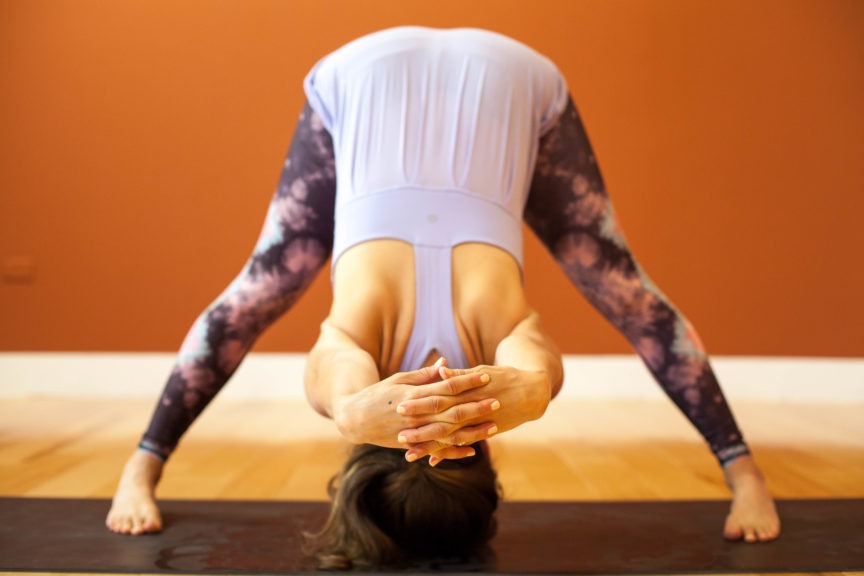
4. PRASARITA PADOTTANASANA (WIDE-LEGGED FORWARD FOLD)
Standing with your legs wide, turn your toes inward slightly and heels out. Bring your hands to meet behind your back and interlace your fingers. If that is not accessible to you, hold a towel or a strap between your hands. With an inhale, lift your chest and roll your shoulders back, extending the hands backward. On the exhale bend forward, keeping a slight bend in your knees. Allow gravity to draw your hands over your head. This creates a lovely rotation in the shoulders. Hold this pose for at least eight breaths (inhales and exhales).
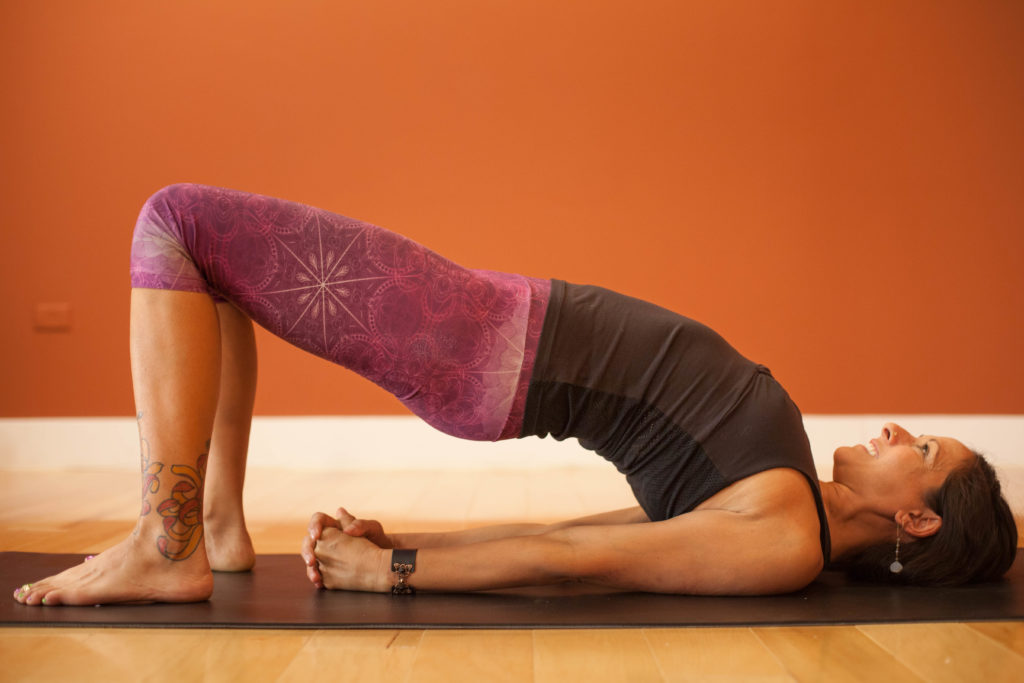
5. SETU BANDHASANA (BRIDGE POSE)
Lie down on your back and bend your knees, feet hip width apart and on the mat. As you breathe out, press your feet into the mat and raise your buttocks, lifting the sternum towards the chin. Elongate the back of the neck onto the floor and breathe deeply. Reach for your feet with your hands, while rolling on to your shoulders. Keep your head still with your nose pointing up and gently press the back of your head into the mat, all the while lifting the hips.
You have the option of supporting yourself with your hands under your hips, or on a block. As you breathe, and your body starts to open, try to walk your shoulders closer to each other and reach your hands towards your feet. This will help open the chest. Move your chest toward your chin. This pose is also great for calming the mind.

6. PASCHIMOTTANASANA (SUPPORTED FORWARD BEND)
This pose is meant to release and relax your neck. Sit on the floor in front of a chair. Place a pillow on the chair, and rest your head on the pillow with your arms just under your forehead. Gently stretch the neck muscles by dropping the chin to the chest. Breathe in and out while resting your head on the pillow.
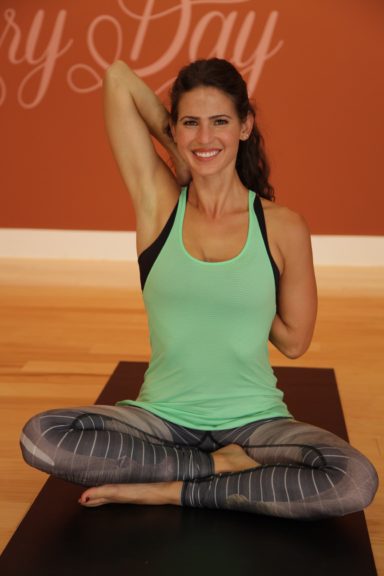
7. GOMUKHASANA (COW FACE POSE)
When we sit in front of a computer we round our shoulders and push our chins forward. This pose is great for helping to correct our posture.
Sit up straight in a comfortable cross-legged seat. Lift your left arm straight up, palm turned inward and thumb pointing to the back of the room. Bend that arm and reach it down between the shoulder blades. Now extend your right arm to the side, thumb down and palm facing back. Bend the arm and bring the elbow in to the side and reach up between the shoulder blades. Take hold of the other hand. If this is a little hard, use a strap between the hands. Lift your heart and press into your sits bones. Keep your chin in neutral and the neck soft.
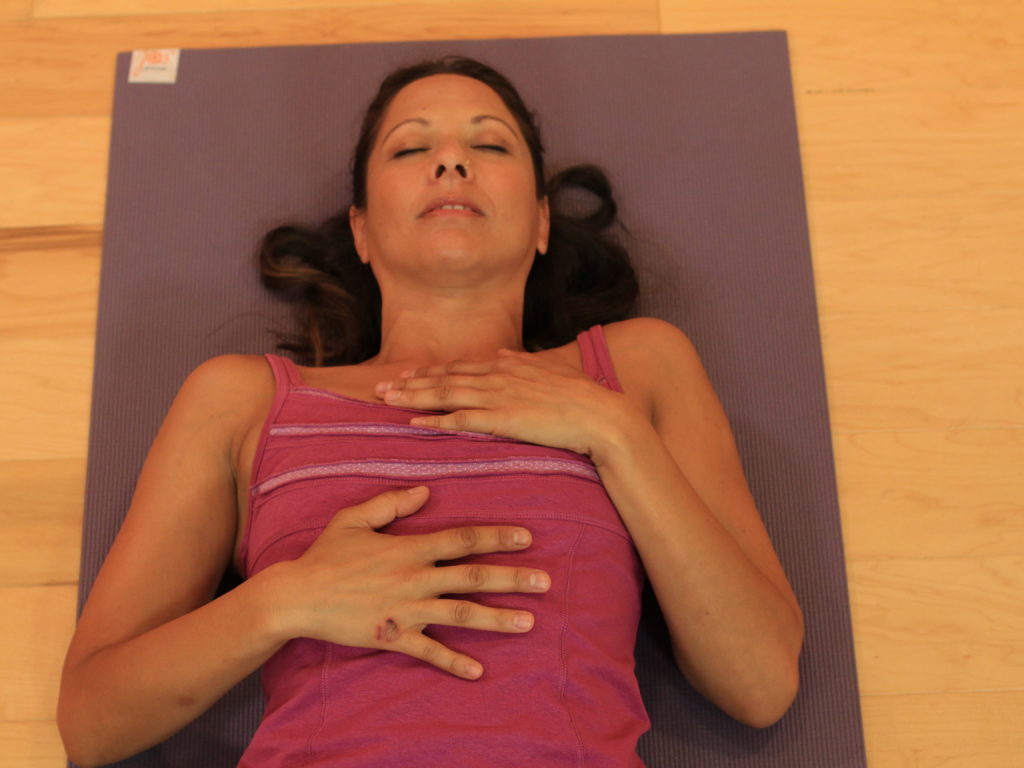
8. SAVASANA (CORPSE POSE)
This pose is often used in meditation with the intention of complete relaxation.
Lie on your back, arms by your sides. Spread your feet apart and allow them to drop open. Let your arms rest by your sides, palms up. Allow your fingers to curl up naturally. Lift your shoulders, broaden them and then let them melt into the mat as you exhale. Breathe with deep, smooth breaths.
Support your body where you need to. Sometimes a bolster under the knees, or between the shoulder blades feels good.

9. YOGA OFF THE MAT
In a seated position, come to the top of your sits bones and gently draw your belly in. Lift your heart and allow your shoulders to slide down your back. Keep your chin in neutral and allow for a good distance between the ears and shoulders. This is also a good posture to hold when you are standing or walking. Keep the tailbone gently tucked under.
Remember to keep moving your body. It is joyful, gives us energy and keeps us healthy.

